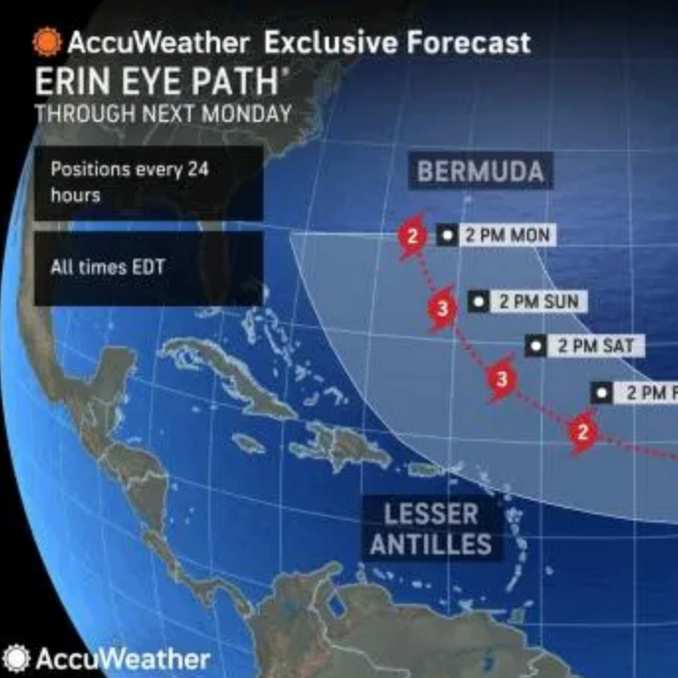New York City Water Main Flooding
Flooding results in business interruption and damage to housing

Recent water main breaks across New York City have caused significant flooding and widespread property damage, affecting both residential and commercial properties. These incidents have disrupted daily life, inundated basements and ground floors, and caused structural and electrical complications for countless buildings. In some cases, the flooding has led to extensive business interruptions, further complicating recovery efforts for property owners and tenants alike.
As infrastructure ages, such incidents highlight the challenges posed by unexpected water damage and the long-term impacts it can have on properties. Knowledgeable oversight of emergency response and cleanup efforts, proper documentation, and thorough coordination with all affected parties, city agencies, and insurers will be critical first steps for property owners looking to address the aftermath effectively. We encourage all affected individuals to stay informed of ongoing city efforts to repair damaged infrastructure and to be proactive to ensure their safety and recovery.
Eastern Public is a complete property insurance claims and risk management firm based in New York. With over 20 years of experience, we are licensed to serve clients in the greater New York City area and across the East Coast, including New York, New Jersey, Pennsylvania, Connecticut, Massachusetts, Vermont, Maine, Rhode Island, DC, Maryland, North Carolina, South Carolina, Kentucky, and Georgia. For 24/7 claims advice and service, contact us
at
(929) 999.4674
or
info@EasternPublic.com
.
Our Work
News & Press







